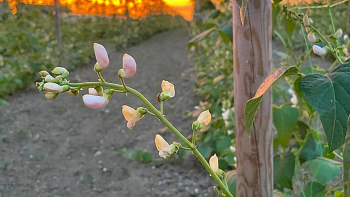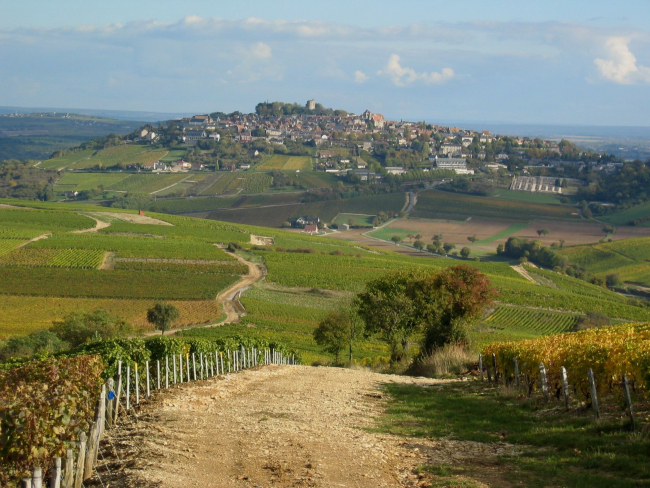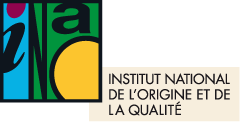This article is older and has been archived.
It remains accessible, but the information provided may be out of date or incorrect.
Defense and management organization
The "Haricot de Soissons" recognized as a GI [ODG].
The "Haricot de Soissons", the famous Picardy legume, is now officially recognized as a Protected Geographical Indication (PGI). The PGI was registered this Friday, June 2, 2023 by the European Commission, granting it Europe-wide protection. This recognition enhances the practices developed over the centuries by local producers.
A know-how that dates back to the 18th century
The Aisne department has been known for its dry bean production since the 18th century. Several bean species and varieties were once present on this territory, but only the "Haricot de Soissons" is still grown today by producers, who keep alive an ancestral know-how. Sowing is carried out on carefully selected plots to avoid frost, with rows spaced to ensure optimal aeration and sunlight. The choice of the botanical species Phaseolus coccineus for the "Haricot de Soissons" guarantees climbing, hardy and very vigorous plants that will be staked to guide them upwards. Harvesting is carried out by hand when the pods are dry and predominantly brown in color, either by picking the pods in one or more passes, or by picking the whole plant, at least 3 weeks after cutting the plants. Threshing, sorting and storage preserve the quality and conservation of the beans. All stages of production, from sowing to threshing, are carried out in the "Haricot de Soissons" geographical area. Its heart is in Soissons, but its influence extends beyond the town, to several surrounding communes, in an environment of plains and valleys.
A bean to be enjoyed without moderation
The "Haricot de Soissons" can be recognized by its large kidney-shaped bean and its white or ivory color. Before tasting, the "Haricot de Soissons" needs to be soaked for 12 hours: this will give it a thin skin that will become almost imperceptible after cooking. Tender and melt-in-the-mouth. It can be served hot, as an accompaniment to meats (mutton, beef, pork, poultry, game...), fish, confits, or cold to enhance a fine salad. The "Haricot de Soissons" is sold only as a dry bean in supermarkets and hypermarkets, delicatessens, producers' stores, direct sales and gastronomic fairs.
.
Figures (2021)
19
producteurs : 17 adhérents à une coopérative et 2 producteurs indépendants
11
hectares cultivés
entre 2 et 2.5
tonnes par hectare de rendement moyen (données 2019)
Press release
Communiqué de presse : Le « Haricot de Soissons » reconnu en Indication géographique protégée (IGP)
CP INAO : Le « Haricot de Soissons » reconnu en Indication géographique protégée (IGP)
All news dedicated to ODGs
The INAO's Délégation territoriale Occitanie is organizing another regional meeting with local ODGs on Wednesday, June...
News
News
INAO is launching a new campaign to promote the 5 official signs of quality and origin (SIQO) to the general public...
News

News
The Val-de-Loire territorial delegation of the INAO is organizing another regional meeting with local ODGs on Tuesday...
News

News
